Stirring up controversy
Updated: 2016-10-01 00:19
By XU JUNQIAN in Shanghai(China Daily USA)
|
|||||||||
The very first Michelin Guide for Shanghai has become the talk of the town and hasn’t gone down well with many local foodies
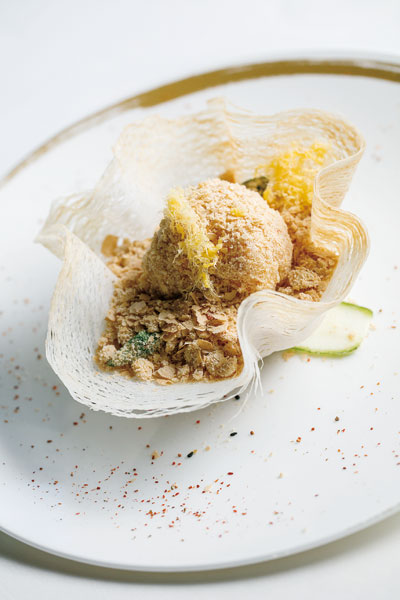
The inaugural Michelin Guide Shanghai 2017 debuted in China and it certainly made an immediate impact, though not necessarily a positive one.
The 224-page guide is printed in Chinese and English and retails for 168 yuan ($25). Before its official launch at 10:30 am on Sept 21, more than 1,800 copies had already been sold on Tmall, China’s largest shopping platform. However, sales figures have stagnated since, with only about 2,500 being sold so far, according to Tmall.
The culinary guide, widely regarded as the most authoritative of its kind by food experts around the world, quickly drew criticism for its less than extensive selection of dining establishments.
In contrast to the Michelin Guide Tokyo 2016, which dished out stars to more than 200 restaurants, only 26 restaurants in Shanghai were awarded stars. However, some experts said that Michelin is usually conservative with its first guide for a city.
While 19 of these establishments were Chinese restaurants, many critics lamented at how the guide had left out those that served outstanding Shanghai cuisine, or benbangcai, and instead had a skew toward Cantonese fare. Furthermore, only 25 restaurants were listed in the Bib Gourmand, defined in China as a selection of dining establishments that offer good food for under 200 yuan per person.
In response to the criticism faced by the guide, Claire Dorland Clauzel, vice president of Michelin International, told China Daily: “We don’t target Chinese or foreign diners. We choose quality cooking, which is true all over the world.”
T’ang Court, a Cantonese restaurant located in Langham Hotel in Shanghai’s Xintiandi area, was the only restaurant to be awarded three stars. The restaurant’s Hong Kong outlet received the same accolade last year.
“Overwhelmed and unexpected,” said Tan Shiye, chef of T’ang Court, after receiving the award.
The Guangdong native attributed the restaurant’s success to its dedication to preserving the original flavors of the ingredients it uses.
Over in Shanghai’s Xuhui district, Tai’an Table became the most short-lived Michelin-starred restaurant in history when it closed down just a day after receiving a star. Local authorities said that the restaurant had not been operating with the proper licences.
In a written response to the public, Stefan Stiller, chef and owner of the restaurant, defended his dining establishment by claiming that the space was mainly used to “entertain friends and have some foodies and chef friends around to create new and creative dishes”.
His statement, however, seems to contradict what he said during an earlier interview with Chinese media when he shared how each of the dishes on his set menu is prepared by up to six cooks who work 14 to 16 hours every day.
In addition, customers at Tai’an Table fork out 998 yuan or 1,288 yuan for set menus of 10 and 14 dishes respectively. Most of the restaurant’s diners are Chinese.
Before the guide landed in Shanghai, the word “Michelin” was enough to entice scores of people to attend events graced by Michelin-starred chefs. In 2011, when luxury hotel Park Hyatt Shanghai first introduced its annual Masters of Food and Wine event by inviting a handful of celebrity chefs including Alain Ducasse, the tickets to the celebrity chef dinners were snapped up within days despite their price of almost 1,000 yuan.
This approach to leverage the magnetism of Michelin-starred chefs has since inspired many other restaurants and events in the country to do the same. Last year, Savour, a four-day food festival in Shanghai, attracted tens of thousands of visitors who were eager to try the dishes prepared by 15 Michelin-starred restaurants.
“Michelin has developed the mythology for more than 100 years, and it is trusted by people all over the world. Today, the Michelin guide is the most unique guide in the world,” said Clauzel, about the guide’s reputation and advantages over other food critics and awards.
While the company is famously tight-lipped about the identities of its food inspectors, Clauzel revealed that the majority of the inspectors for the Shanghai guide are Chinese. However, only one of them is a Shanghai native.
Finding the right inspectors has proven to be the biggest challenge for the Shanghai project, which took a little over a year and involved some 500 restaurants, added Clauzel.
Michelin had earlier in May announced that it would finally release a guide for a city in the Chinese mainland, about nine years after it published the first guide for Hong Kong and Macau.
“We have been in Hong Kong and Macau for almost decade, it was time to come to the Chinese mainland. Michelin is an international company and we look at every market as soon as the culinary scene is ready,” said Clauzel.
While Clauzel did not elaborate on how Michelin determines whether a market is ready for a guide, she said that the decision to choose Shanghai was not a difficult one seeing how it is “as exciting and dynamic a culinary destination as Singapore and Seoul” and is widely regarded as the gateway to China.
The Michelin Guide Singapore was unveiled in July this year and was also subjected to similar criticism. Many Singaporeans had complained that the island nation’s famous hawker fare was not well represented enough in the guide.
The guide for Seoul will be released later this year.
xujunqian@chinadaily.com.cn
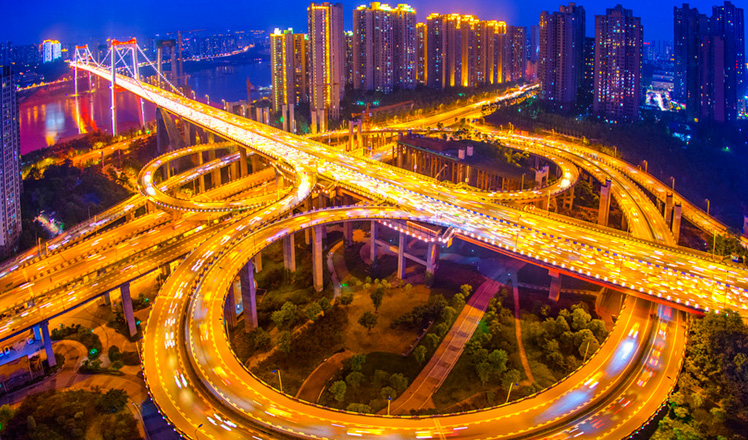
 Top 10 Chinese cities with 'internet plus transportation’
Top 10 Chinese cities with 'internet plus transportation’
 New energy cars shine at Paris Motor Show
New energy cars shine at Paris Motor Show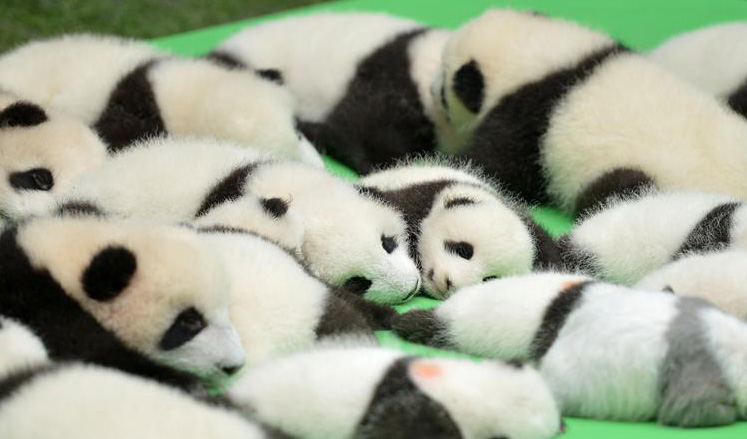
 23 baby giant pandas make debut in Chengdu
23 baby giant pandas make debut in Chengdu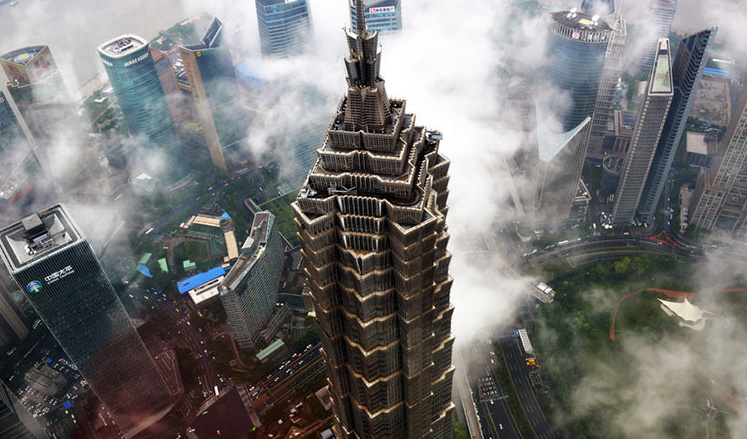
 Heritage list salutes Chinese architecture
Heritage list salutes Chinese architecture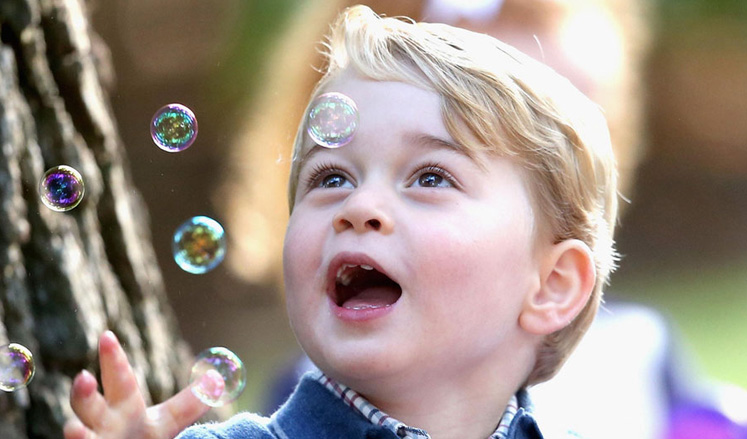
 Happy hour for prince and princess in Canada
Happy hour for prince and princess in Canada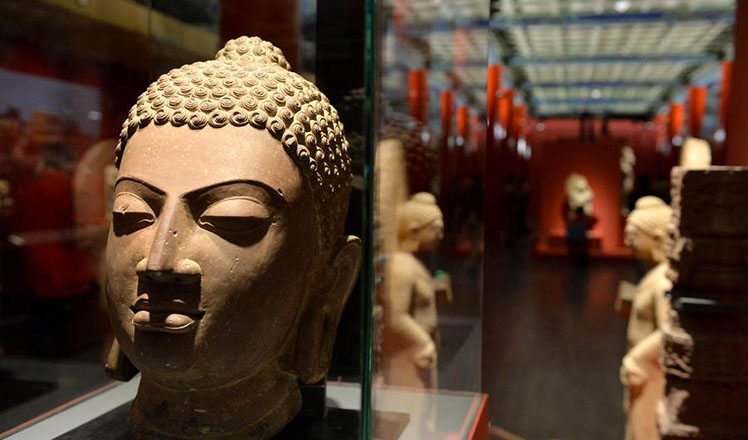
 Chinese and Indian sculptures on display at the Palace Museum in Beijing
Chinese and Indian sculptures on display at the Palace Museum in Beijing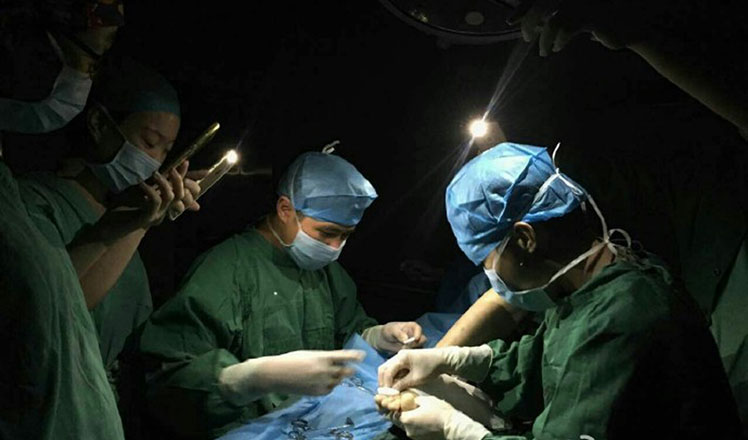
 Rescue work at the typhoon-hit provinces
Rescue work at the typhoon-hit provinces
 Wonderland-like sunrise in East China
Wonderland-like sunrise in East China
Most Viewed
Editor's Picks

|

|

|

|

|

|
Today's Top News
Trump outlines anti-terror plan, proposing extreme vetting for immigrants
Phelps puts spotlight on cupping
US launches airstrikes against IS targets in Libya's Sirte
Ministry slams US-Korean THAAD deployment
Two police officers shot at protest in Dallas
Abe's blame game reveals his policies failing to get results
Ending wildlife trafficking must be policy priority in Asia
Effects of supply-side reform take time to be seen
US Weekly

|

|









